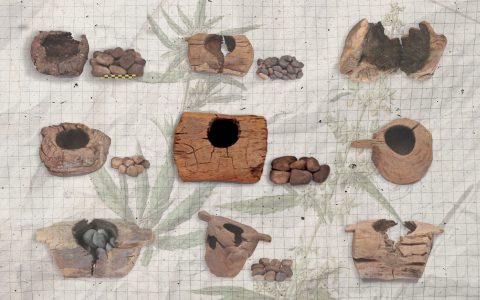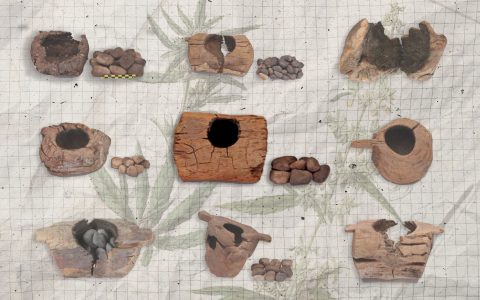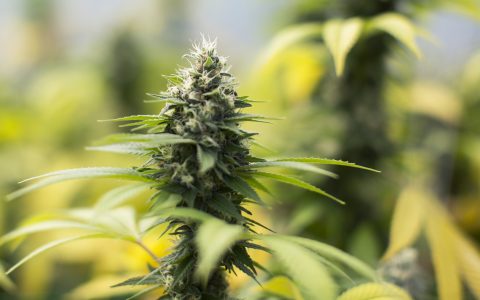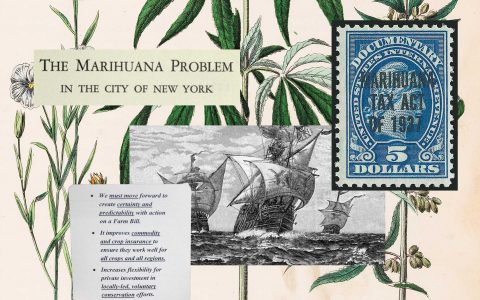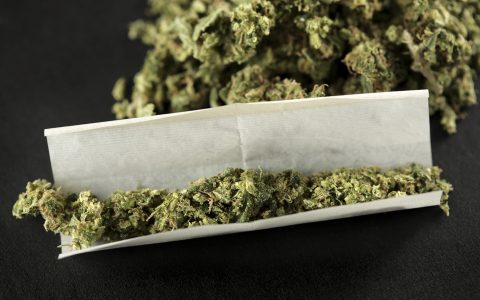Where did your stash really come from? It’s been long believed that cannabis is indigenous to Asia, and now a recent study published in Vegetation History and Archaeobotany has traced the plant’s origins specifically to the edge of the Tibetan Plateau. In doing so, researchers may have answered a longstanding question on the origin and early cultivation of cannabis.
Because of cannabis’ significance as a triple-use crop—a plant that can be ingested, used for fiber, or turned into medicine—its origins have been a subject of interest for centuries.
As early as 930 CE, Arabian alchemist and toxicologist Ibn Wahshiyya suggested India or perhaps China as the plant’s origin point. Anthropologists recently unearthed 2,500-year-old wooden braziers used to burn cannabis at a burial ground in the Eastern Pamir region of China, but calculations performed by study contributor John McPartland, a medical researcher at the University of Vermont, trace the origin of the plant back an estimated 28 million years.
Creating a Database of Fossil Pollen
The scarcity of print fossils has complicated science’s attempts to find a more specific location. “Despite a voluminous literature emerging in the last three decades, the classification of cannabis and its center of origin remains under debate,” says McPartland.
To overcome the paucity of print fossils, Partland, working with fellow researchers William Hegman and Tengwen Long, investigated the data available in fossilized pollen. They collated a database of all existing fossil pollen studies (called “FPS”), which helped identify ancient records of the plant across Asia and other locations, noting cluster areas where the plant thrived. “Cannabis flourishes in steppe—an open, treeless habitat,” wrote the researchers.
Researchers used 155 studies in the FPS, along with botanical evidence—seeds, phytoliths, and stem fragments—recovered from archaeological sites. Precise geographic coordinates for each specimen were “localized to within a hundredth of degree of longitude and latitude,” and Google Earth was used for studies that didn’t provide geographic coordinates, according to the paper.
Cannabis and Hops
One problem with the data is that many studies grouped Cannabis pollen grains with grains from plants of the Humulus genus—i.e., hops, one of the key ingredients in beer. As the two species diverged from one another approximately 28 million years ago, the grains still looked similar. Researchers divided the samples by ecology, based on forest and steppe environs, into three categories: Cannabis, Humulus, and Cannabis-Humulus (melded).
Researchers also used a statistical technique that involved “ecological proxies”—they used probability to differentiate the pollens by comparing them to other plants common in each region. This includes plants belonging to the Artemisia genus, which includes mugwort, wormwood, and sagebrush. Samples were then further grouped based on historic era, occurring in the Miocene, Pliocene, or Pleistocene epochs.
Migration to Russia, Europe
The results suggest where the most likely geographic origin of cannabis is—though this hypothesis may never be fully proven and actually might be impossible to prove.
“We bridged the temporal gap between the divergence date and the oldest pollen by mapping the earliest appearance of Artemisa,” wrote the team. “These data converge on the northeastern Tibetan Plateau, which we deduce as the cannabis center of origin, in the general vicinity of Qinghai Lake.”
Cannabis spread westward from there, wrote the team, and reached Russia and Europe approximately 6 million years ago. Then it moved east, making its way to eastern China by 1.2 million years ago.
This sweep made various Cannabis plants readily available to humans for cultivation all over Eurasia. Once cultivated, the crop’s many uses were discovered, from hemp rope to healing to mind-altering substance.
And aren’t we glad for that.


